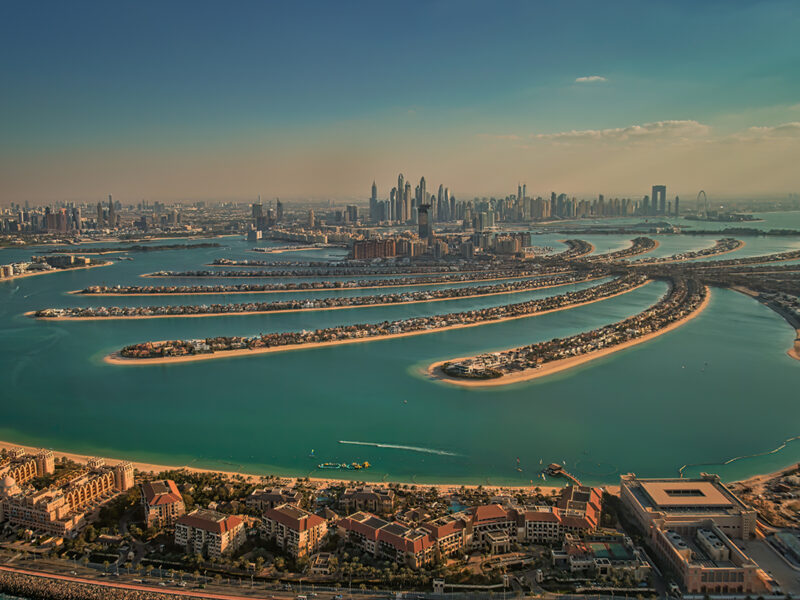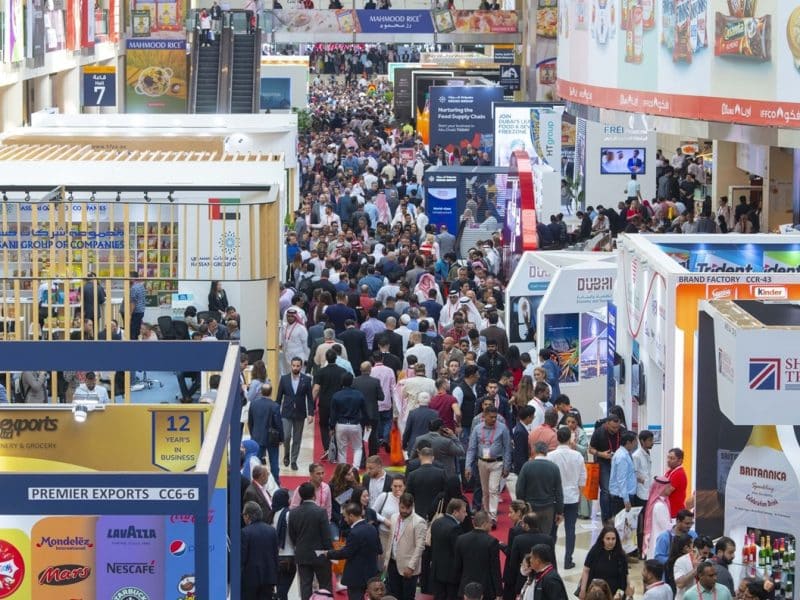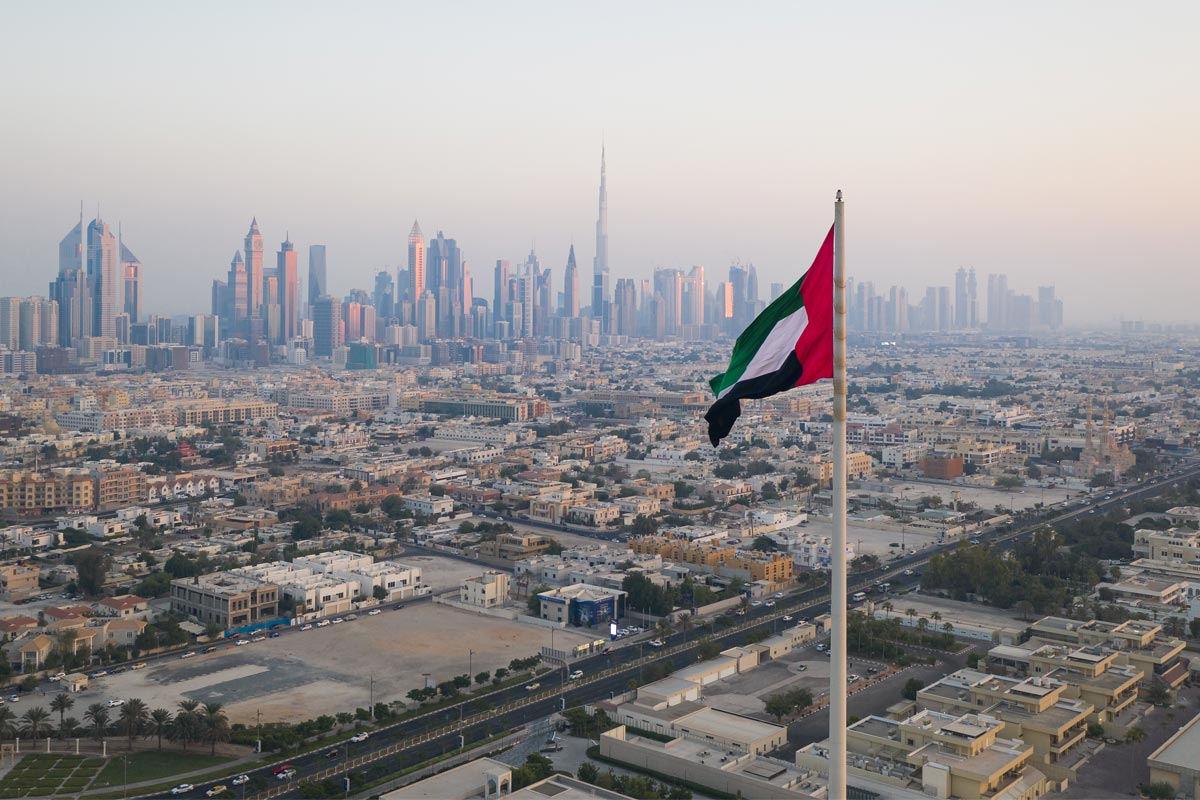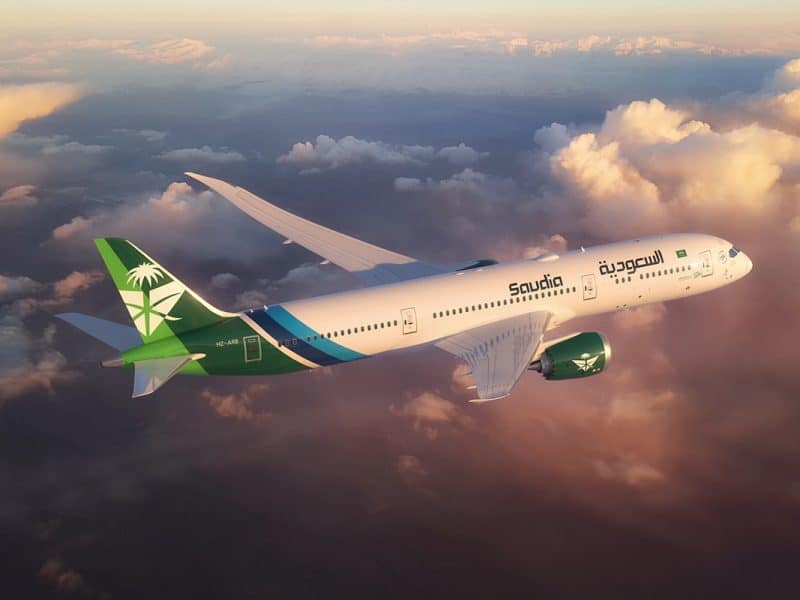UAE petrol prices rose by nearly 10 percent on Monday, after a steady fall for three consecutive months.
Petrol prices are affected by a global increase in crude oil prices, which have soared almost 50 percent to more than $100 a barrel since the beginning of 2022.
UAE petrol prices for November
- Special 95 – AED 3.20 a litre
- Super 98 – AED 3.32 a litre
- E-Plus – AED 3.13 a litre
- Diesel – AED 4.01 a litre
Overview of UAE petrol prices in 2022
| Prices in AED per litre | E-Plus 91 | Special 95 | Super 98 | Diesel |
| November 2022 | 3.13 | 3.20 | 3.32 | 4.01 |
| October 2022 | 2.85 | 2.92 | 3.03 | 3.76 |
| September 2022 | 3.22 | 3.30 | 3.41 | 3.87 |
| August 2022 | 3.84 | 3.92 | 4.03 | 4.14 |
| July 2022 | 4.44 | 4.52 | 4.63 | 4.76 |
| June 2022 | 3.96 | 4.03 | 4.15 | 4.14 |
| May 2022 | 3.48 | 3.55 | 3.66 | 4.08 |
| April 2022 | 3.55 | 3.62 | 3.74 | 4.02 |
| March 2022 | 2.75 | 2.82 | 2.94 | 2.88 |
| February 2022 | 2.75 | 2.82 | 2.94 | 2.88 |

The new prices fall significantly below July 2022 highs, with Special 95 now 41 percent cheaper.
The price for crude has increase around 10 percent in October after the OPEC+ alliance announced it would make sizable cuts to ouput. This agreement is set to begin taking effect from November.
Oil prices have dipped from earlier this year, dropping around 25 percent of its value since June, as concerns over a global inflationary macroeconomic environment have increased fears of a economic downturn.
Petrol prices mirror the price of oil, with consumers feeling the pinch as prices increase.
Oil prices dipped slightly on Monday, with West Texas Intermediate futures dipping below $87 a barrel after economic data from China signalled a slowdown in factory and services activity.
OPEC recently released projections suggesting that the global demand for oil will continue to grow for another decade. The group’s World Oil Outlook report suggests that world oil consumption will hit 109.5 million barrels a day in 2035 and hold the same level for another decade.
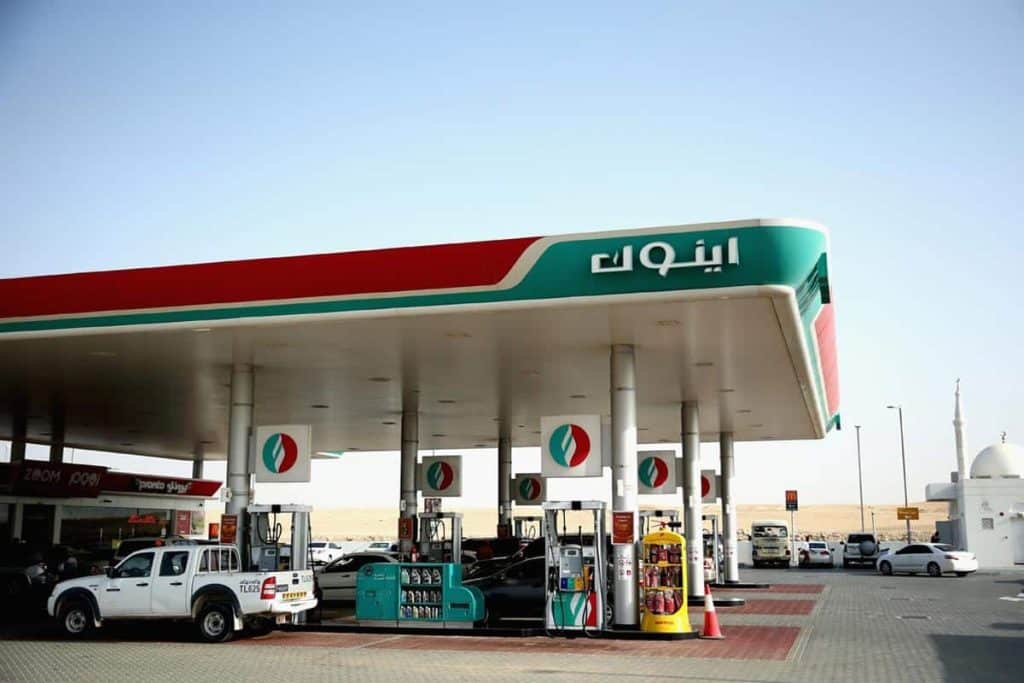
Why UAE petrol prices are increasing
- Low energy supply post pandemic as suppliers struggled to keep up with the increase in demand
- Increase in global crude oil prices after the Russia-Ukraine war in February
- Risk of recession, inflationary pressures and economic uncertainty
Petrol prices were visibly higher after the Russia-Ukraine war since Russia is one of the world’s largest oil exporters.
Russian oil imports were banned by many countries including the US, while EU leaders aim to block most of Russian oil imports by the end of the year.
These sanctions have caused an increase in demand for oil from other producers, which has resulted in higher prices.
However, these are unlikely to come down significantly more until other oil producers are able to increase supplies.
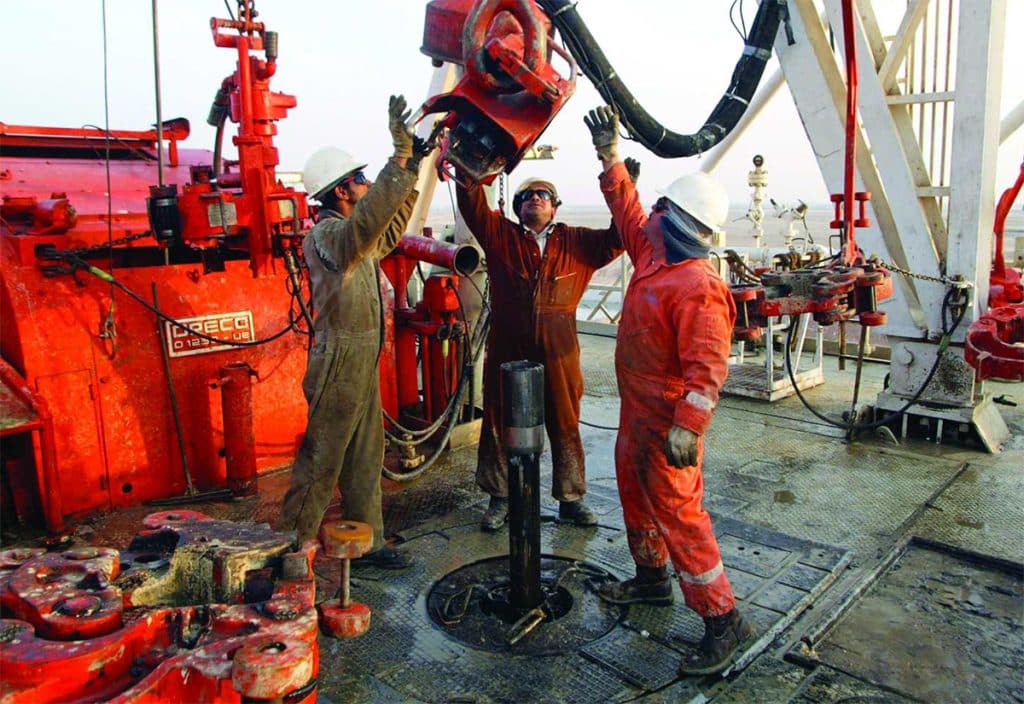
In July the UAE announced that it will be subsidising part of petrol prices for low-income citizens, as it introduces an “inflation allowance” amid rising costs of basic goods and services in the country.
The new allowance would provide a monthly subsidy of 85 percent of the fuel price increase over AED 2.1 per litre, state news agency WAM reported.
According to the fuel subsidy scheme, the head of a family will receive a monthly subsidy of 300 litres, while working wives will receive a subsidy of 200 litres.
The inflation allowance will also provide food, electricity, and water subsidies, the report showed.
Rising UAE petrol prices are also leading residents to consider switching to electric vehicles.

